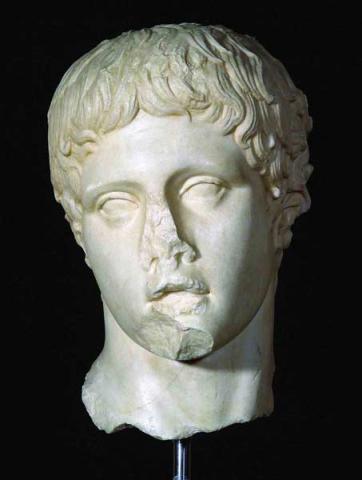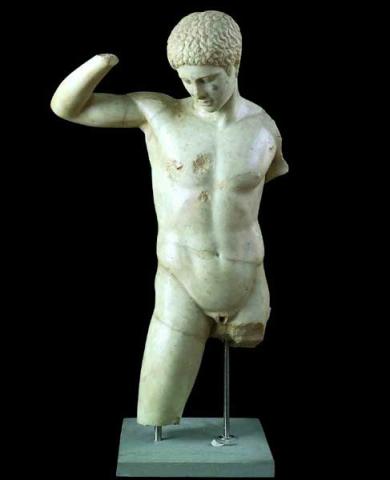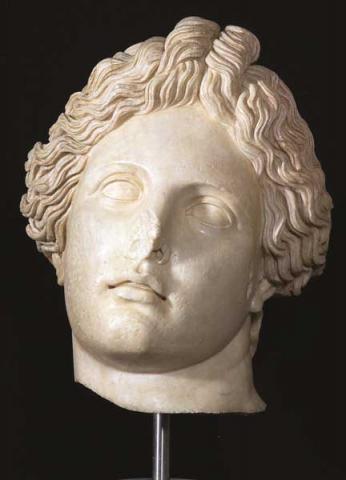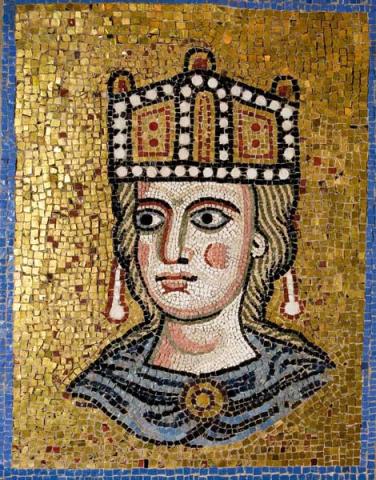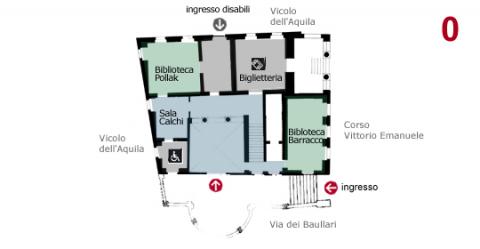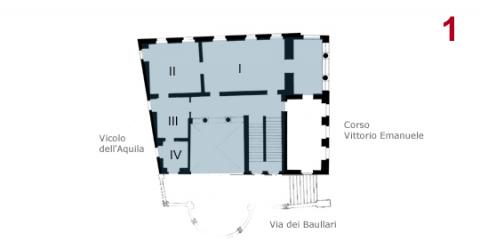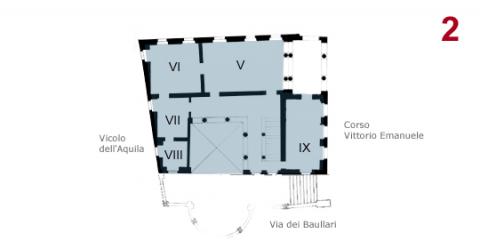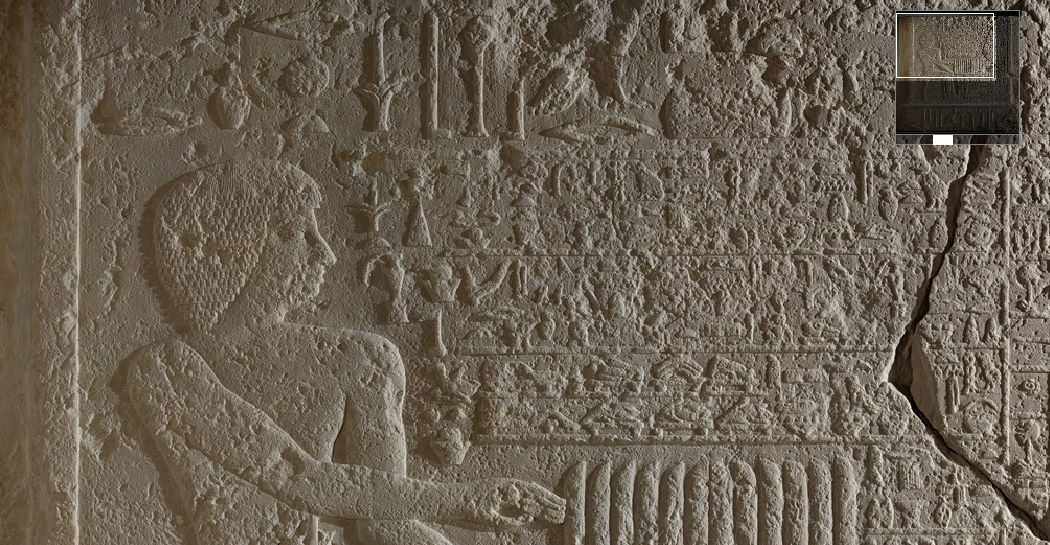Route through the rooms
The 400 works from the Barracco collection, divided according to civilization, are distributed in nine exhibition halls.
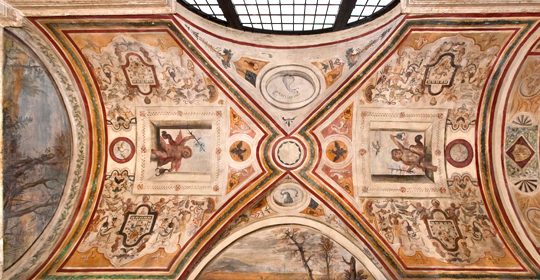

The Egyptian works, ranging from the testimonies of the earliest dynasties to the Ptolemaic age, can be found in Room I and II. The second room hosts the works from Mesopotamia, from the foundation nails and the cuneiform tablets of the third millennium before Christ, up to the findings coming from the neo-Assyrian palaces dating from the ninth and seventh centuries BC.
The III Room preserves two important items of Phoenician art, with few but significant specimens of Etruscan art. The fourth Room displays works from Cyprus, an important crossroads of civilizations in the middle of the eastern Mediterranean.
The second floor is dedicated to classical art: Room V presents an impressive gallery of illustrated works, with original sculptures and precious copies of the Roman period, the major schools of Greek sculpture of the fifth century BC. Room VI displays valuable Roman copies of classic and late classic artworks, along with some fine funerary sculptures from Greece.
Rooms VII and VIII, besides an important collection of Greek and Italic ceramics, presents other Greek artworks ranging from the period of Alexander the Great to the latest manifestations of Hellenistic art and copies of Roman times.
The last room is the IX, which displays some examples of decorative art and works from public monuments of the Roman period, and a few specimens of medieval art.


























